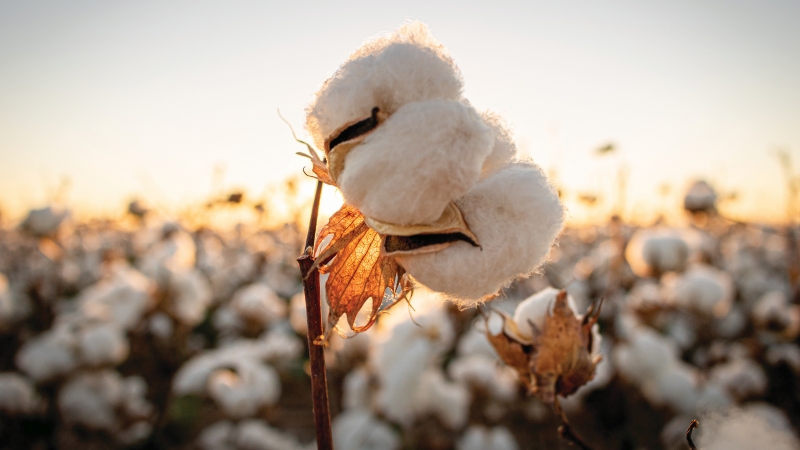When Is A Blue Jean Not A Blue Jean?
An American icon was born on May 20, 1873, when Levi Strauss and Jacob Davis received a patent for their copper rivet fasteners for denim trousers. The blue jean has since secured its place in American culture and in world fashion as a “go to” garment.
Changing fashion styles and attitudes altered the look of the blue jean over time, but until recently, the blue jean had remained true blue to its cotton origins. The recent influx of man-made fibers into blue jeans is not a good fit for many consumers, and could affect the care, wear and expected five-year longevity of their beloved blue jeans.
From dungarees to designer denim, blue jeans have historically been all, or mostly, cotton. When the price of cotton fiber reached a record high three years ago, some brands and manufacturers sought to cut costs by diluting the cotton with higher percentages of man-made fibers. Cotton prices have since returned to more competitive levels, but the denim category remains infiltrated with man-made fiber additives.
“Consumers love denim,” explains Kim Kitchings, vice president, Corporate Strategy and Program Metrics at Cotton Incorporated. “We know from our Lifestyle Monitor data that U.S. consumers own an average of seven denim items and wear jeans an average of four days a week. We also know that 60 percent of consumers would pay a little extra to get more cotton back into those jeans.”
Two-thirds (66 percent) of consumers are bothered by the reduction of cotton in their jeans, according to Cotton Incorporated’s Lifestyle Monitor survey. To learn more, last year the company undertook an expansive audit of customer comments posted to brand and retailer web sites. To date, the research has examined more than 500,000 online customer comments on a range of apparel and home textile product categories, across multiple brands.
Specific to denim, the Customer Comments Research data reveal that 64 percent of consumers commenting on man-made fibers in their denim purchases gave those garments a negative rating.
Some fault may lie with consumers and what Kitchings calls “label apathy.”
“Today’s consumers have been wearing jeans most of their lives and are familiar with how to care for them,” she says. “The rules change when there are higher percentages of one or more man-made fibers.”
Kitchings points to Lifestyle Monitor data that reveal less than half of consumers check the fiber content or laundry care labels when purchasing a garment.
Vikki Martin, director of Quality Research & Product Evaluation at Cotton Incorporated, stresses the importance of consumer awareness. “Always check the labels for fiber content information and care instructions,” she advises. “Knowing what you’re getting and how to care for it will help extend the life of your jeans or any garment.”
Martin provides the following tips for proper denim care:
- Before laundering, always check the sewn-in tag for specific care instructions.
- Invest in quality detergent to help extend the life of denim jeans.
- To preserve the color of denim jeans (especially dark washes), turn them inside out before laundering, then line dry.
- If denim jeans are overly stiff, soak them overnight in a washing machine with water and a cupful of fabric softener. Run the load normally the next morning.
- If denim jeans are not dirty but need a boost, wet them with water, let them spin in the washer, and then tumble or line dry.
Source – The Cotton Board








